Pioneering in a Haarlemmermeer meadow: 105 years of Schiphol
Hip hip hooray, it's our birthday! On 19 September 1916, an aircraft landed at Schiphol for the first time. A good reason to look back at the early years of our airport.
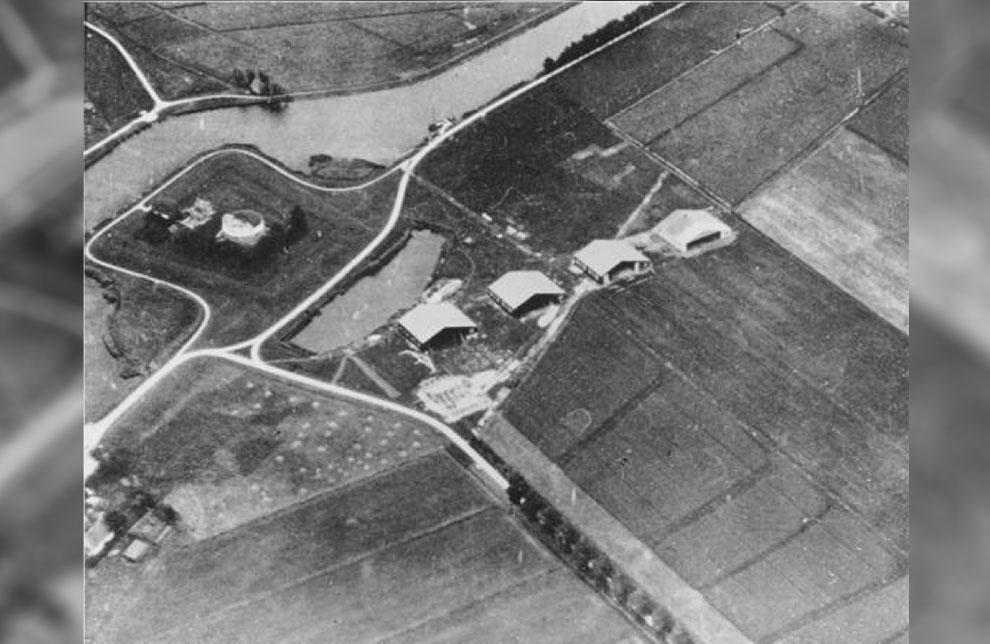
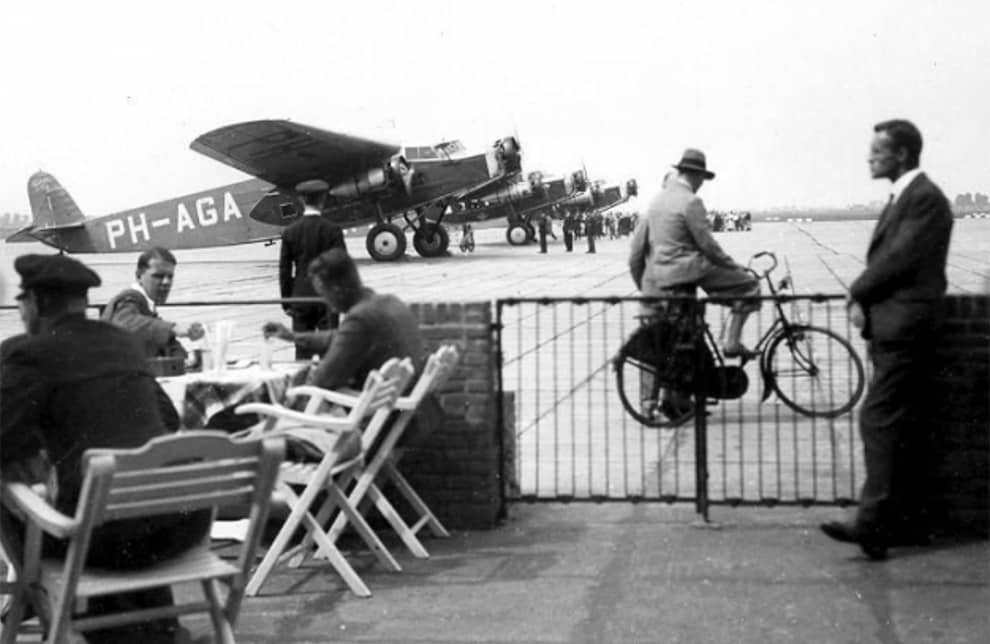
Fort Schiphol
It’s early 1916 and a Haarlemmermeer farmer sees an unusual visitor walking on his property. Farmer Knibbe’s land borders the Haarlemmermeer Ringvaart canal and is next to Fort Schiphol, which is part of the Defence Line of Amsterdam (Stelling van Amsterdam). The same place where Schiphol-East can still be found today.
Military air base
The visitor, a serviceman with a striking moustache, introduces himself as colonel Henk Walaardt Sacré – commander of the Aviation Department (Luchtvaart Afdeling, LVA) established a few years earlier. He’s searching for a piece of land on which to build a new military air base. A logical plan seeing as the world had been suffering the horrific effects of the First World War for around one-and-a-half years at that point, even in the neutral Netherlands.
Eighteen football pitches
The two make an agreement: just over 55,000 guilders (equivalent to more than € 450.000 today) for 12 hectares of land. That’s the size of around eighteen football pitches. Walaardt Sacré does not let the grass grow under his feet; the first military aircraft touches down on 19 September 1916. Schiphol Airport – then just a field with four wooden hangars – becomes a reality!
The last soldier
The new air base is fully operational just 10 days before the end of the war and Schiphol was never actually used as a military airfield. However, it soon becomes clear that the new airport can be used to transport cargo, post and even passengers. Albert Plesman becomes inspired to pioneer passenger planes. He founds KLM in 1919 and one year later, on 17 May 1920, the first plane carrying passengers lands at the airport. As the last soldier closes the door behind him in 1923, Schiphol embarks on a new journey as a commercial airport.
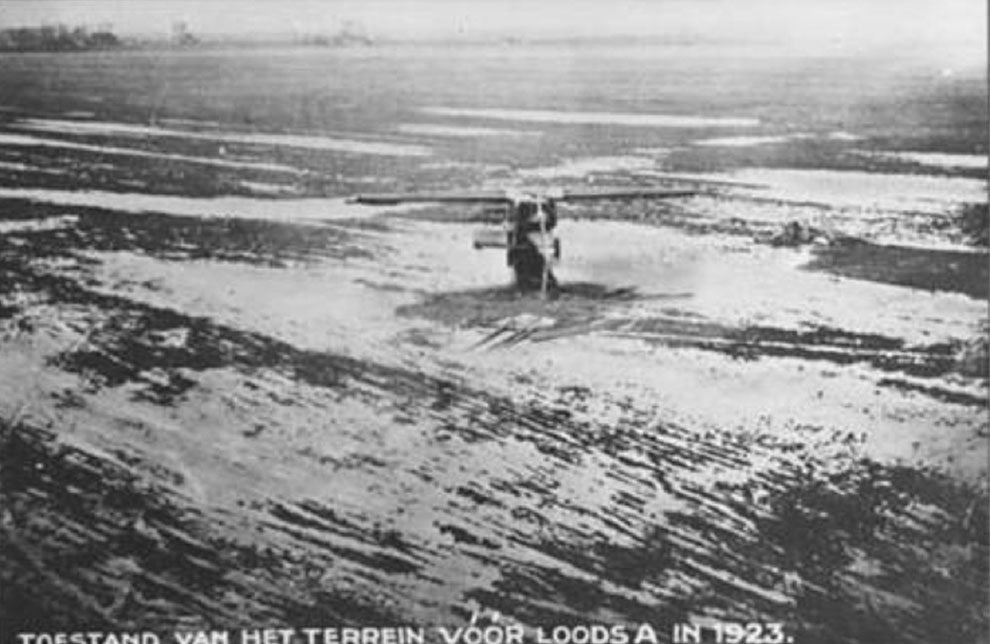
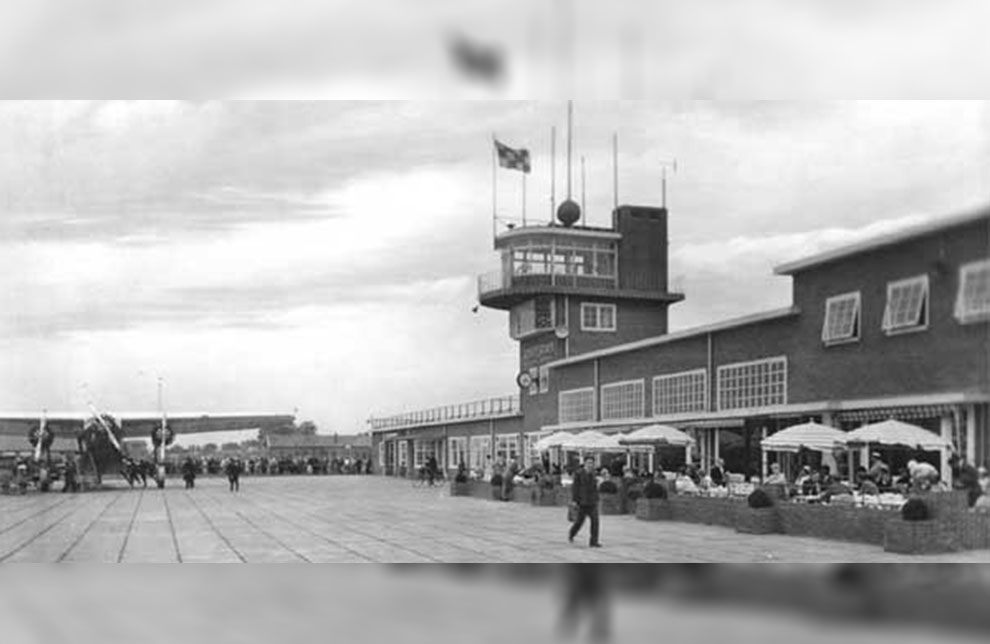
Primitive conditions
This doesn’t means that there were large amounts of travellers straight away. Schiphol was not always in good shape in those early years, mainly due to the primitive conditions. It is located on what used to be the bottom of the Haarlemmermeer lake, several metres below sea level, and so the terrain is often extremely boggy.
Soggy Schiphol
Aircraft regularly need to be pulled out of the muck, and having to board the plane through a soggy field is quite the challenge. The airport even gets the nicknames ‘Schiphol Swamp’ and ‘Schiphol Mudport’. What’s more, passengers have a rather hard time reaching the airport via narrow country lanes, toll bridges or even on foot.

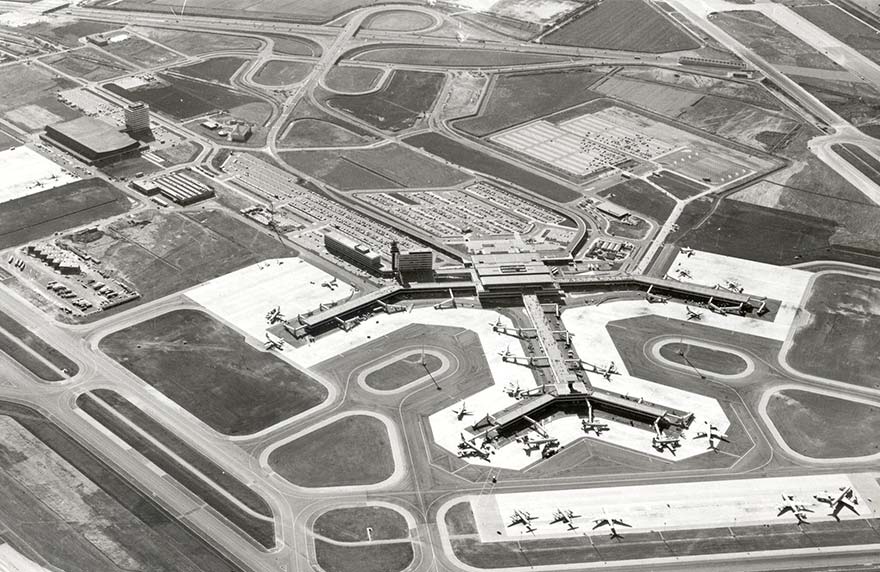
Flying is the future
It’s a thorn in harbour master Jan Dellaert’s side. He believes flying to be the future and therefore gets to work modernising Schiphol. The first step is creating a drainage system so that people’s feet will no longer get wet. In 1926, the City of Amsterdam becomes the new owner and – with the 1928 Olympic Games on the horizon – the airport gets a terminal, a control tower, a concrete platform and a proper access road.
Schiphol moves 2.5 kilometres to the west
In the years that follow, Dellaert propels Schiphol further into the future but sees much of his work destroyed due to the outbreak of the Second World War. After the end of the war, when flying becomes more and more popular and the jet plane comes onto the scene, it is evident that the airport requires more space. In a bold masterstroke, aviation pioneer Dellaert develops a completely new, modern airport 2.5 kilometres to the west. In 1967, we relocate to the place where we can still be found today.
More than 100 years of Schiphol
Want to know more about the history of our airport?
Read the previous blogs
-
Plant-based bonanza at Plaza
Published on:With more and more meat-free meals and snacks at various places at Schiphol, vegetarians are well catered for. You can enjoy a plant-based bonanza at Plaza!

-
A day in the life of... a project controller
Published on:We asked project controller Isho Toma about his position within the Finance & Control department at Schiphol and discovered that it’s a multifaceted role.

-
Ook Schiphol herdenkt met twee minuten stilte
Published on:Eens per jaar is het 2 minuten stil op Schiphol. Want ook hier herdenken we de Nederlandse slachtoffers van de Tweede Wereldoorlog en latere oorlogssituaties.
